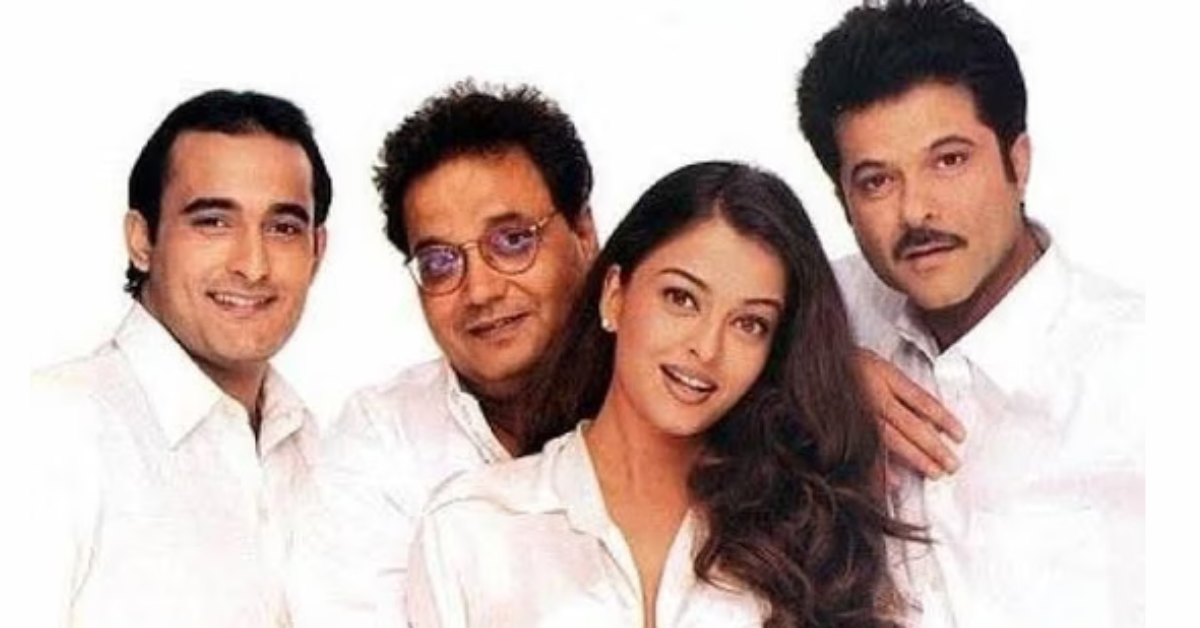As Subhash Ghai’s cinematic masterpiece Taal celebrates its 25th anniversary today, the acclaimed director offers an exclusive look into the creative process behind the film that reshaped the musical genre in Bollywood. Released in 1999, Taal—starring Aishwarya Rai Bachchan, Akshaye Khanna, and Anil Kapoor—marked a significant departure from Ghai’s previous work, establishing itself as a revolutionary piece that wove music into its very fabric. In this in-depth reflection, Ghai reveals the inspirations, challenges, and collaborations that defined Taal.
Breaking Away from the Khalnayak Legacy
Redefining His Narrative Approach
Subhash Ghai, renowned for his successful crime drama Khalnayak (1993), was eager to explore new storytelling avenues. Despite the massive success of Khalnayak, Ghai sought to break free from the shadow of his earlier triumph and venture into a different genre. “I was determined to move away from the image of Khalnayak,” Ghai admits. “The challenge was to prove that I could craft a compelling love story. My inspiration was to prove to myself that I could move beyond crime films.”
The decision to create Taal was a deliberate move to test his versatility as a filmmaker. “I wanted to see if I could successfully transition to making a love story,” Ghai reflects. This aspiration drove him to title the film Taal—a name that symbolized his commitment to making music the heart of the film’s narrative. “The title Taal was meant to signify that music would be central to the story. It was crucial that we lived up to that promise,” he adds.
AR Rahman: The Hero of the Film
Crafting a Musical Masterpiece
The musical journey of Taal began with Subhash Ghai’s decision to collaborate with the then-rising star AR Rahman. Having already made waves with Roja (1992), Dil Se (1998), and Rangeela (1995), Rahman was seen as a pivotal element in the film’s success. Ghai’s vision was clear: Rahman was not just a composer but the hero of the film. “I told Rahman, ‘You are the hero of Taal, and the rest are just characters and stories.’ This was our approach from the beginning,” Ghai reveals.
Ghai’s collaboration with Rahman was more than just a partnership; it was a melding of two creative visions. “Rahman had international sensibilities and brought a fresh perspective. My role was to adapt my story to fit his musical vision. We spent around 80 days working on the music, and it was a transformative experience for both of us,” Ghai says. This synergy allowed Ghai to rework the script based on Rahman’s compositions, resulting in a film where music and narrative were intricately intertwined.
Aishwarya Rai Bachchan: The Perfect Fit
Saroj Khan’s Influence on Casting
The casting of Aishwarya Rai Bachchan as Mansi in Taal was a decision influenced by choreographer Saroj Khan. Although rumors suggested that Mahima Chaudhry was initially considered for the role, it was Khan who recommended Rai. “I asked Saroj Khan who the best dancer among the actresses was, and she immediately said Aishwarya Rai. I reached out to her, and she agreed to take on the role,” Ghai recalls.
Rai’s dedication to the film was evident in her performances, as she endured various challenges during the shoot. “Aishwarya worked tirelessly through difficult conditions—whether it was rain, mud, or stormy weather. She gave her all to the role and brought exactly what I envisioned,” Ghai praises.
A Unique Choreographic Collaboration
The Synergy of Three Choreographers
The choreography of Taal was a standout aspect, thanks to the collaboration of three renowned choreographers: Shiamak Davar, Ahmad Khan, and Saroj Khan. “The film’s journey from rural areas to cities required a diverse approach in choreography. Shiamak, Ahmad, and Saroj came together, each contributing their unique style to the film’s dance sequences,” Ghai explains.
This collective effort was crucial in creating the film’s dynamic and visually captivating dance numbers. “Their combined creativity helped me realize the film’s vision, making the dance sequences an integral part of the storytelling,” Ghai adds. This innovative approach to choreography played a significant role in Taal‘s lasting impact on Indian cinema.
Reinventing Subhash Ghai: A New Direction
Embracing a Pure Musical Genre
Taal marked a significant shift in Ghai’s directorial style. Moving away from his established commercial cinema sensibilities, Ghai embraced a pure musical approach. “I wanted to reinvent myself as a director. With Taal, I decided to focus solely on music, eliminating villains, fights, and the usual dramatic elements from my previous films,” Ghai says.
This departure from the norm was both a creative challenge and a personal triumph for Ghai. “I was making a new Subhash Ghai. It was a bold move to step away from the commercial formula and embrace a different cinematic journey. This was a time when I was at my peak, and it was a major shift from my previous work,” he reflects.
The Legacy of Taal: A Musical Revolution
A Film That Transcends Time
As Taal celebrates its 25th anniversary, its impact on the musical genre remains undeniable. The film not only integrated music into its narrative but also made it the driving force of the story. Ghai’s innovative approach, combined with Rahman’s groundbreaking compositions and the exceptional performances of the cast, ensured that Taal would be remembered as a landmark in Indian cinema.
The film’s success demonstrated the power of music in storytelling and set a new standard for Bollywood musicals. “Looking back, Taal was a testament to the transformative power of music in cinema. It was a revolutionary step that changed the way we approached musical storytelling,” Ghai concludes.
As we celebrate the 25th anniversary of Taal, it is clear that Subhash Ghai’s visionary approach and the film’s groundbreaking music have left an indelible mark on the world of cinema. The legacy of Taal continues to inspire filmmakers and audiences alike, proving that music can be the heart and soul of a cinematic masterpiece.






